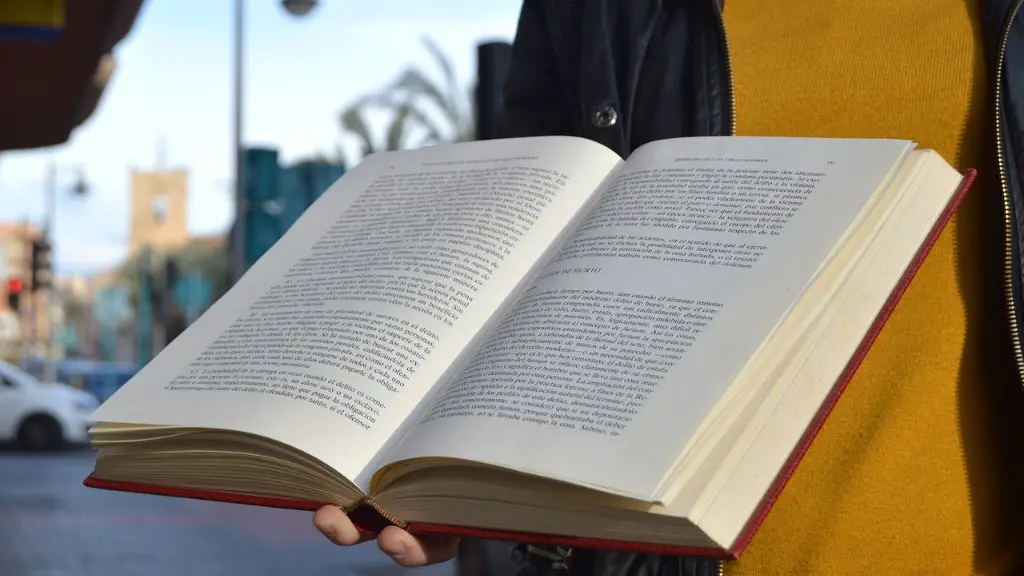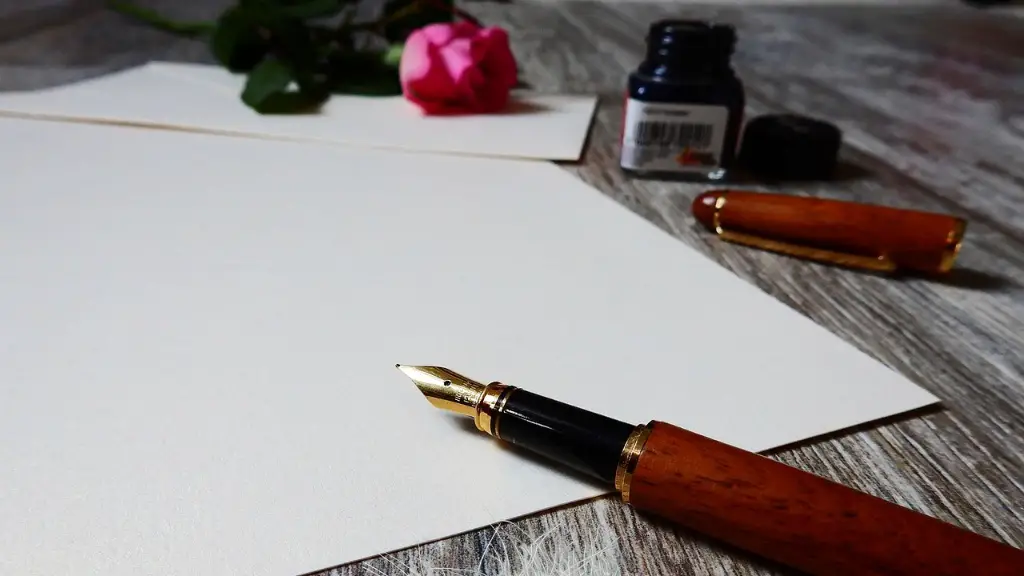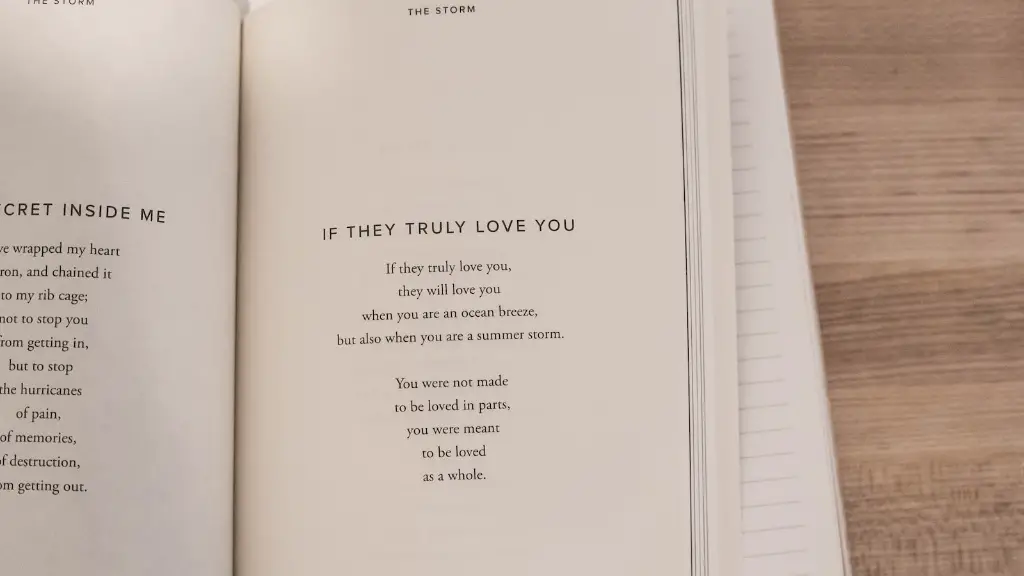How to in Text Cite Poetry MLA
Knowing how to in text cite poetry MLA is an important skill for anyone looking to write about poetry. Citing the poetry you read in MLA style helps keep the literature safe from plagiarism and allows you to express your thoughts accurately. In this article, we’ll cover everything you need to know about in-text citations for poetry, from what to include to how to properly format your citations.
An in-text citation is a brief piece of information included within the body of your text that points to a specific source or quote. In MLA style, you’ll usually start with the author or title of the poem and the line numbers of the quoted section. For example, if you’re quoting part of Walt Whitman’s famous work Leaves of Grass, your in-text citation might look like this: (Whitman 3-4). Your citation should immediately follow your quote.
When citing specific lines from a poem, you’ll need to include the poet’s last name, the line numbers of the quote, and the page number (or act, scene and line if you’re citing drama from a play). For example, a line from Shakespeare’s Julius Caesar might look like this: (Shakespeare 2.2.55).
To make sure your citations are accurate, you may need to do a bit of research. Consult the original poem if possible, or check a reputable anthology. If there’s any confusion, you can always look up the poem online, or contact a librarian or professor for help.
When citing multiple lines or a passage of poetry, you can either break up the citation by line or place it all in one set of parenthesis. For example, you might write (Whitman 3-4, 10-15) or you could write (Whitman 3-15). Whichever method you choose, make sure to follow the same style throughout your paper.
When citing a poem that’s been printed in an anthology or in another book, you’ll need to include the author’s name and the title of the poem, along with the publication information for the book. For example: (Whitman, “Song of Myself” 111-13).
It’s also important to include the title of the poem if you’re citing it in your text. Unlike regular quotes, you won’t need to add quotation marks around poetry titles; simply italicize them instead.
Citing Within the Text
When including poetry lines in the body of your text, you’ll need to provide in-text citations as well as a complete reference in your “Works Cited” page. The in-text citation should appear immediately after the lines of poetry you’ve quoted, so the reader can easily understand which section of your text references which poem.
An in-text citation isn’t the same as the reference, so it’s important to include both when citing poetry. The in-text citation should only include the author’s last name, along with the appropriate page, act, or line number. For example, if you’re citing a line from Romeo and Juliet you might write: (Shakespeare 5.3.115).
Though in-text citations don’t need to follow a particular format, it’s important to keep them consistent. Pick a style and adhere to that style throughout your paper. That way, your citations will be clear and your readers won’t have to guess which poem is being referenced.
Citing Poems in Works Cited Pages
In addition to in-text citations, MLA style requires you to include a “Works Cited” section at the end of your paper. This section should list every source that you’ve used or quoted in your paper. For poetry, you’ll need to include the poet’s last name, the title of the poem, the publication information, and the page numbers where the poem appears.
For example, if you’re citing William Shakespeare’s “Sonnet 116” the reference might look like this:
Shakespeare, William. “Sonnet 116.” The Complete Works of William Shakespeare, edited by Arthur Brookes and Walter George, Oxford University Press, 1992, pp. 415-417.
When citing sources other than books, such as websites, magazines, and poems that were published separately, you’ll need to include different or additional information in your reference. Be sure to check the MLA style guide to make sure all your references are correct and consistent with MLA style.
Common Questions
For many writers, citing poetry can be a confusing process. Here are the answers to some of the most common questions about citing poetry in MLA style:
- Do my citations need to match my references? Yes. All your in-text citations and references should be consistent and accurate. Make sure to double-check your citations against the original sources to ensure accuracy.
- Do single-author and multi-author anthologies have different citation styles? Yes. You’ll generally need to include different information when citing single-author and multi-author anthologies. Refer to the MLA style guide for more details.
- What if I cite multiple poems from the same author in my paper? If you cite multiple poems from the same author, you’ll need to include the title of the poem in your in-text citation. For example, if you’re citing two different poems by Walt Whitman, your in-text citations might look like this: (Whitman, “Song of Myself” 3-4) and (Whitman, “Out of the Cradle” 10-12).
Things to Remember
In-text citations are an important part of any paper, and citing poetry properly is key to avoiding plagiarism and ensuring accuracy. Here are a few key points to remember when citing poetry:
- Make sure to double-check your citations against the original sources to ensure accuracy.
- Choose a style and adhere to it throughout your paper. That way, your citations will be clear and consistent.
- Include the title of the poem in your in-text citation if you’re citing multiple works by the same author.
- Make sure to include the full reference for every poem you cite in your “Works Cited” page.
The Benefits of Using MLA Format
In-text citations are designed to give credit to the authors of the works you’ve quoted or paraphrased. Citing poems in MLA style makes it possible for readers to track down the original sources and verify the accuracy of your work. By properly citing the literature you’ve used in your research and writing, you’re helping to preserve the integrity of the literature and support the authors whose works you’ve used.
In-text citations also make it easier for readers to understand which works you’ve quoted and which works you’ve paraphrased. When readers have easy access to your references, they’ll be able to make more informed decisions about the sources you’ve used.
Tips for Citing Poetry
Citing poetry in MLA style can be difficult, but there are plenty of tools and resources to help you. Here are a few tips to help you properly cite poems in your research and writing.
- Consult the original poem. If possible, consult the original poem to make sure you’re accurately citing the source. This can be helpful if you’re relying on anthologies or other secondary sources.
- Check out the MLA Style Guide. The MLA Style Guide provides detailed information about how to properly cite multiple sources in MLA style. Refer to this guide when you’re unsure about specific citation conventions.
- Look up poems online. If you’re having trouble locating the original poem, you can always look it up online. Just be sure to use a reputable source such as a library or an academic website.
- Reach out to a librarian or professor. If you’re still unsure about your citations, don’t hesitate to contact a librarian or professor for help. They can provide valuable insights about how to properly cite poetry.
Conclusion
Citing poetry in MLA style can be challenging, but with a little help from the MLA Style Guide and some research, you’ll be on your way to becoming a master of in-text citations. Whether you’re writing a paper for school or just reading for fun, learning to correctly cite the literature you read is an important skill to have.




